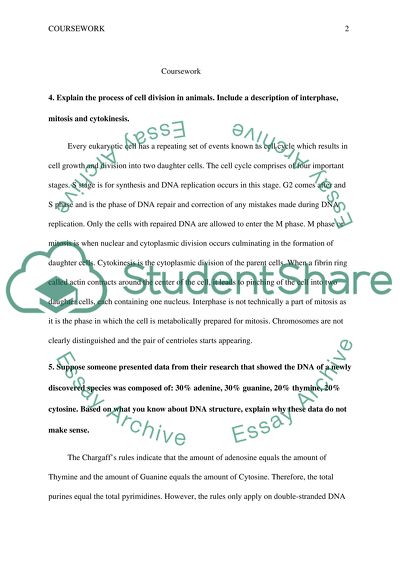Cite this document
(“The Process Of Cell Division In Animals Coursework”, n.d.)
The Process Of Cell Division In Animals Coursework. Retrieved from https://studentshare.org/biology/1498203-coursework
The Process Of Cell Division In Animals Coursework. Retrieved from https://studentshare.org/biology/1498203-coursework
(The Process Of Cell Division In Animals Coursework)
The Process Of Cell Division In Animals Coursework. https://studentshare.org/biology/1498203-coursework.
The Process Of Cell Division In Animals Coursework. https://studentshare.org/biology/1498203-coursework.
“The Process Of Cell Division In Animals Coursework”, n.d. https://studentshare.org/biology/1498203-coursework.


